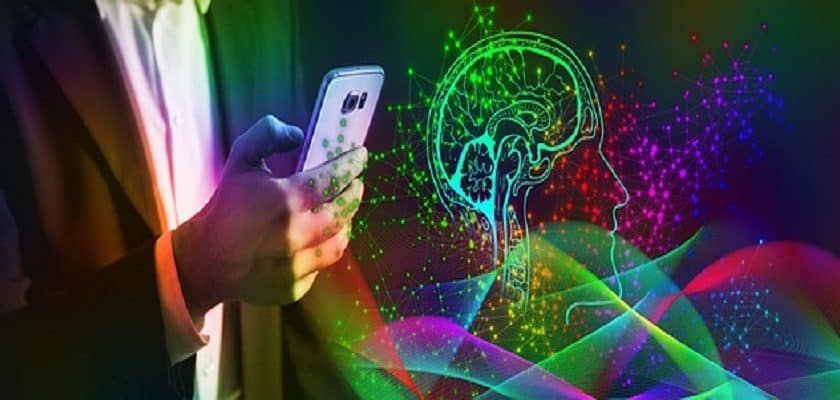Source – https://www.dqindia.com/
Every year, Consumer Packaged Goods (CPG) companies invest billions in trade promotions. By industry estimates, they spend 15% to 20% of their revenue on trade promotions with the goal of sparking sales. However, research conducted by Nielsen has found that as many as 72% of CPG promotions fail to break even. This is a bitter pill to swallow, but leveraging Artificial Intelligence (AI) can help CPGs and retailers achieve better promotional outputs.
Many sales teams plan similar promotions, year after year. This hasn’t proven to be optimal; CPG account teams and retail category managers often lack accurate, real-time insights into the bigger picture. This is where AI comes into play, changing the way trade promotions are managed and empowering CPGs to make better-informed promotional decisions through enhanced data analysis.
Artificial intelligence helps boost micro-segmented strategies
A CPG sells products in multiple categories through hundreds of retailers. It also sells directly to consumers via various channels in dynamic marketplaces. During one year, a CPG may run hundreds of promotions for each category at national or regional retailers alone. These promotions are planned and discussed between CPG account teams, sales associates, and category managers. In fact, they simultaneously work on unique strategic priorities across markets, categories, or brands. So, aligning strategic priorities with daily promotional planning and other activities can be both complicated and tedious!
Artificial intelligence algorithms can help by assigning the right posture for each micro-segment and adjusting it over time as needed. This makes combining local tactics (i.e. for each category, brand, region, or even each individual retailer) with the CPG company’s global strategy much easier.
Also, AI can make the most of point-of-sale data, using real-time processing to analyze it and extract information that teams can use to create highly specific promotional offers. Such offers can be deployed whenever and wherever needed.
ML and AI Identify Patterns Across Promotional Activities
During the planning stage, CPGs and retailers pull in historical promotional data from the previous years (i.e. in respect to the same products, stores, tactics, and forecasts). Models enhanced with Machine Learning (ML) can help identify potential modifications, thereby regenerating the forecast and providing more accurate predictions in tune with current category performance trends.
For new promotions (those without historical data), ML’s deep learning capabilities can be employed, comparing a set of similar or lookalike promotions to the new promotion and using the result to develop an initial forecast.
AI Helps Optimize Promotional Spend
When planning promotional activities, teams are trying to make predictions that will reflect (as closely as possible) the actual performance. However, overpredicting or underpredicting is what most retailers experience; thus, they sometimes end up overspending (spending more than necessary) or underinvesting (not spending enough to get their target sales).
Artificial Intelligence can effectively forecast promotions’ performance, taking into account various factors and examining their potential impact. This helps retailers and CPGs better understand and strategize their promotional and ad investments.
Furthermore, AI can automate the allocation of promotions in the circular design process, testing creativity for the most lift and in-store foot traffic. Once the offers have been submitted, AI can tell category managers or marketing teams which promotion goes where in the design. Every page has a sales lift or marginal lift opportunity, and AI can predict and optimize it with precision.
AI Maximizes Returns on Every Promotional Channel
Today, retailers are heavily reliant on trade fund dollars from CPGs to run promotions. Still, both parties have their own challenges and priorities. While the CPG account manager strives to meet the allocated target per retailer, the retailer category manager has to meet the retailer’s target for the category. This is where AI capabilities can be leveraged to come up with promotion optimization, resulting in alternative promotion tactics and enabling CPGs to keep margins within the desired threshold.
This further empowers category managers to build an efficient plan with the right level of markdowns and CPG funding, as is key in achieving returns on investment. AI-enabled solutions can also provide a centralized place for developing and implementing effective and mutually beneficial promotions. A single consolidated promotion bank across retailers and CPG-initiated promotions can provide real-time insights (i.e. from within a dashboard), showing where adjustments can be made for the greatest impact.
AI Helps Collect Data-Informed Insights and Recommendations
AI is instrumental in connecting the forecasting, planning and evaluation, stages and rendering them more accurate; it’s also essential for scaling promotions to achieve the best results.
As humans, it’s not possible for us to correctly forecast complex what-if scenarios. Retailers frequently adjust their promotions; a superstore may have thousands of items in stock and millions of potential combinations of SKUs and variables. Imagine trying to make sense of all the possibilities – just trying to understand the data is a huge task. That is, it’s a huge task for humans. For AI, it’s all in a day’s work. And along the way, AI can easily find hidden patterns, discover interesting insights into customer behavior, and develop practical suggestions for promotional activities.
It’s not too much to say that Artificial Intelligence is playing a game-changing role in trade promotions management. With such data-based insight into promotional options, tactics, and optimizations, both retailers and CPG companies can chart a clearer path towards success.
